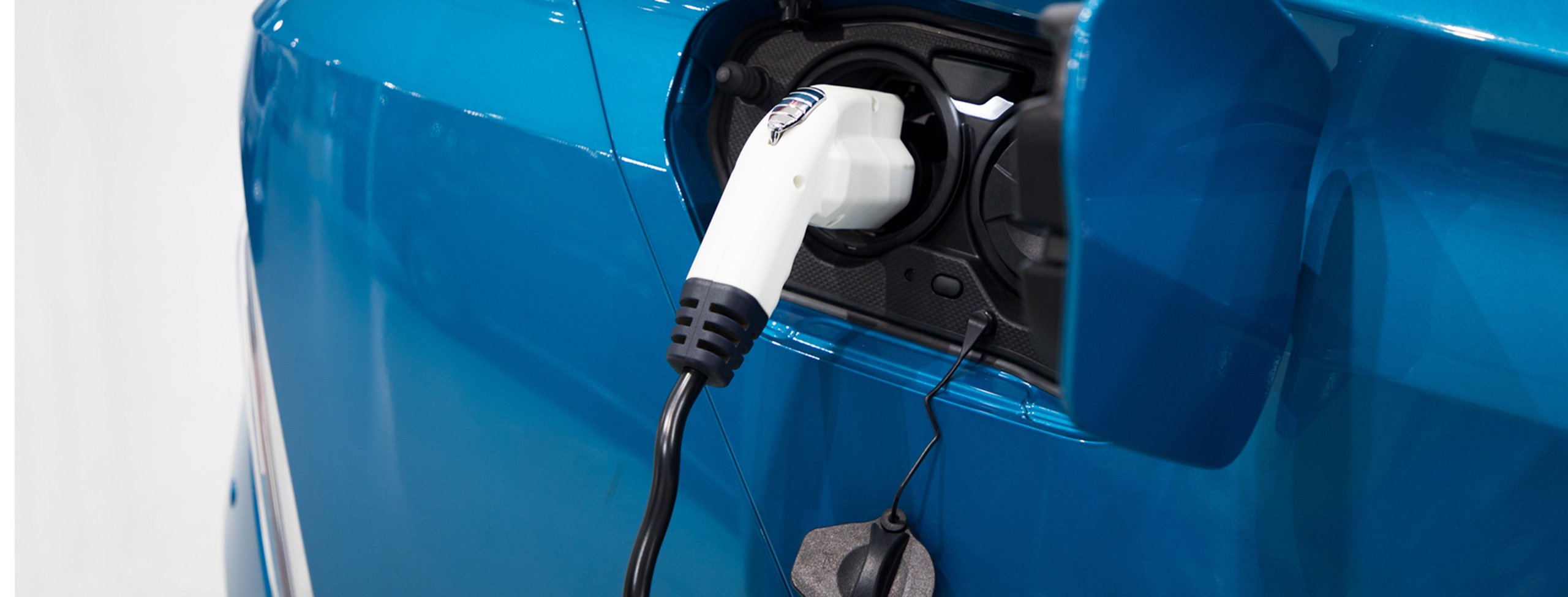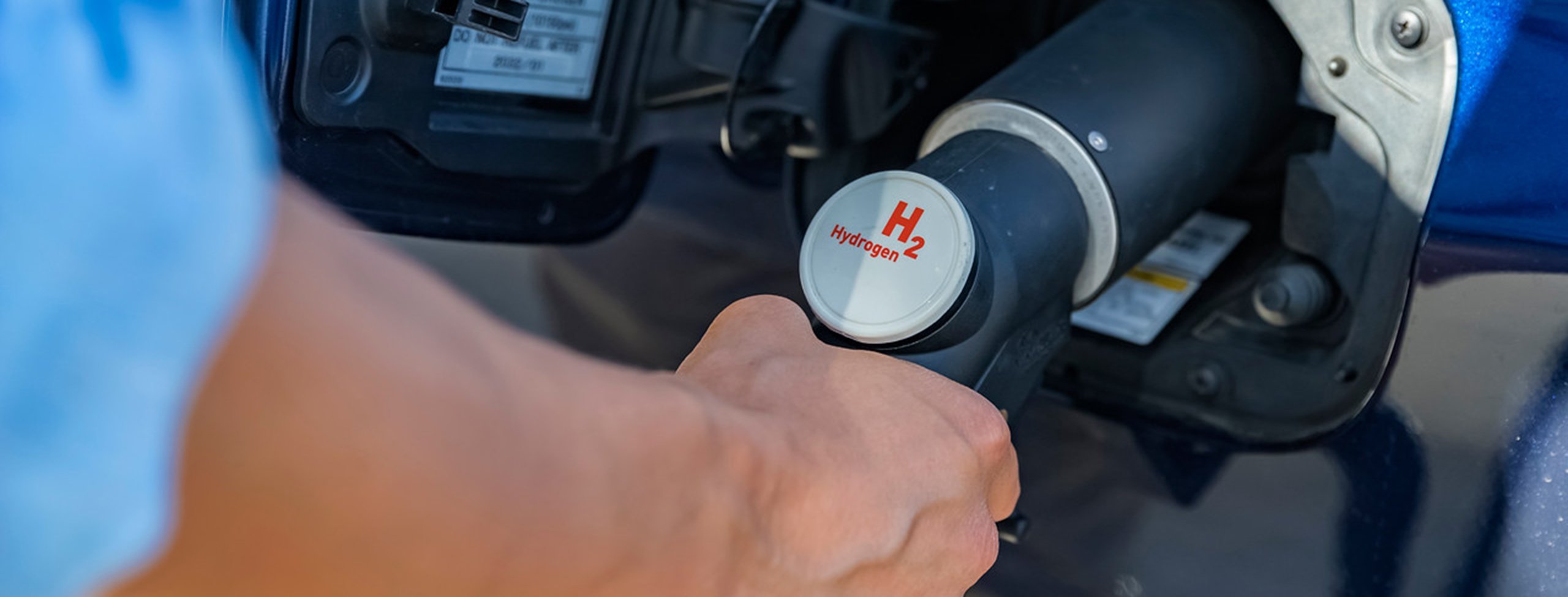
5 December 2023 • 14 minute read
Proposed regulations clarify Foreign Entity of Concern exclusions from Clean Vehicle Tax Credits
On December 4, 2023, the US Department of the Treasury published much-anticipated guidance on key requirements for federal clean vehicle tax credits established by the Inflation Reduction Act (IRA) (amending IRC Section 30D). Most significantly, Treasury proposed new regulations to clarify the application of Foreign Entity of Concern (FEOC) credit eligibility exclusions, scheduled to take effect in 2024 and 2025.
These regulations are important because, starting in 2024, vehicles containing battery components manufactured or assembled by an FEOC will be ineligible for the clean vehicle tax credit. Starting in 2025, vehicles whose batteries contain certain “critical minerals” extracted or processed by an FEOC will also be ineligible for the credit. The Department of Energy (DoE) simultaneously released companion interpretive regulations that provide important definitions and clarifications of ambiguous statutory terms regarding the scope and application of FEOC-related restrictions.
The Treasury proposal would follow the DoE regulations with respect to the definitions of those terms for purposes of Section 30D. The new proposed Treasury regulations build on previously issued guidance and proposed regulations issued in April and October 2023. This alert provides an initial general summary and first look at significant provisions of the new guidance.
Regulations would affect availability of clean vehicle credits and pace of US transition to EVs
At least in the short term, the proposed regulations could have a significant effect on the availability of the IRC Section 30D clean vehicle credit, the US battery electric vehicle industry and supply chain, and the pace of transition to battery electric vehicles (EVs) in the US. As explained below, the proposal would exclude EVs from 30D tax credit eligibility if their batteries contain critical minerals or components supplied by an entity that is at least 25 percent owned or controlled by an FEOC. An entity owned or subject to control by a government or related actors in specified nations (presently China, Iran, North Korea, and Russia) is considered to be an FEOC.
Together, the Treasury and DoE regulations would define FEOC provisions and their application for purposes of determining and documenting Section 30D credit eligibility, including requirements for battery and vehicle manufacturers to substantiate compliance with restrictions and exclusions pertaining to extraction and processing of batteries’ critical minerals; and to manufacturing of battery components; if conducted by an FEOC. The guidance also proposes temporary exceptions to some critical minerals tracing and substantiation requirements to facilitate compliance with FEOC restrictions during a transitional period for an industry whose supply chain is currently dominated by China-based entities and interests (the government of the PRC is classified as an FEOC) Those transition rules would include an alternative approach for allocating the sources of critical minerals to specific batteries and a temporary compliance exclusion for low-value minerals.
Background
The IRA, enacted in August 2022, significantly amended Internal Revenue Code Section 30D, establishing a new “clean vehicle” credit that provides an income tax credit to qualifying purchasers of a qualifying EV. Section 30D provides for a two-part credit: one credit of up to $3,750 with eligibility requirements based on the source of extraction or processing of the EV battery’s critical minerals (the Critical Minerals Requirement), and a second credit of up to $3,750 based on the source of the EV’s battery components (the Battery Component Requirement). Earlier this year, Treasury issued guidance clarifying how it will apply many of those provisions. The new guidance and proposals clarify the scope and intended implementation of the most consequential and controversial remaining provision, the “Foreign Entity of Concern” exclusion.
Critical minerals and battery component requirements
To meet the Critical Minerals Requirement, a specified percentage of the value of the critical minerals contained in the EV’s battery must be (i) extracted or processed in the US or in any country with which the US has a free trade agreement; or (ii) recycled in North America. The statutorily required percentage is based on the year in which the vehicle is placed in service and increases annually, starting at 40 percent in 2023 and gradually increasing to 80 percent in 2027.
To meet the Battery Components Requirement, a specified percentage of the value of the components contained in the EV’s battery must be manufactured or assembled in North America. The statutorily required percentage is based on the year in which the vehicle is placed in service and increases annually, starting at 50 percent in 2023 and gradually increasing to 100 percent in 2029.
Treasury previously issued guidance that largely clarified how it would apply these eligibility requirements. See Treasury issues awaited guidance on Clean Vehicle tax credits eligibility; see also Rev. Proc. 2022-42 (providing guidance for qualified manufacturers to enter into written agreements with the IRS); REG-120080-22 (April 17, 2023) (providing definitions for Section 30D and guidance for the Critical Minerals and Battery Component Requirements); Rev. Proc. 2023-33 (providing provide guidance for taxpayers electing to transfer credits under Section 25E or 30D and for eligible entities receiving advance payments of credits under Sections 30D and 25E). The new guidance and proposed regulations seek to clarify the most significant remaining requirements and restrictions on the application of the Section 30D Clean Vehicle credit.
Foreign Entity of Concern restrictions
The IRA imposes additional restrictions on EVs whose batteries use critical minerals from an FEOC or whose battery components were manufactured by an FEOC. Given China’s dominant role in the existing EV battery supply chain, the FEOC restrictions could significantly affect the number of vehicles eligible for clean vehicle tax credits. Section 30D provides that a clean vehicle credit is disallowed if: (i) beginning in 2024, any of a vehicle’s battery components were manufactured or assembled by an FEOC; and (ii) beginning in 2025, the vehicle (battery) contains critical minerals “extracted, processed, or recycled” by an FEOC.
The IRA defines an FEOC as an entity “owned by,” “controlled by,” or “subject to the jurisdiction or direction of” a government of a covered country (the People’s Republic of China, Iran, North Korea, or Russia). The ambiguous and potentially broad scope of that definition (particularly “subject to the jurisdiction or direction of” a covered government) has resulted in substantial uncertainty about its application and effect on EV and high-voltage battery markets in the US.
The substantiation requirements in the proposed regulations are extensive and the practical effects of these requirements could vary in different situations. As a result, Treasury has requested comments on a number of different aspects of the proposed regulations. The deadline for comments on the Department of the Treasury’s proposed regulations is 45 days after the rules are published in the federal register, January 18, 2024. The deadline for comments on the Department of Energy proposal is 30 days after federal register publication, January 3, 2024.
New regulations and proposals
The primary new substantive provisions of the proposed regulations: (i) clarify the definition of the statutory term “foreign entity of concern” and how it would be applied in various contexts and scenarios and (ii) provide rules for determining and documenting whether applicable critical minerals (including associated constituent materials) and battery components are “FEOC-compliant” (ie, critical minerals and constituent materials are not extracted, processed, or recycled by an FEOC, and battery components are not manufactured or assembled by an FEOC).
Qualified manufacturers will be required to conduct due diligence tracing of battery minerals that meets industry standards and identify in advance the process they intend to follow in such tracing. Significantly, the proposed regulations would provide temporary exceptions and alternatives to some specific physical tracing requirements for critical minerals contained in battery cells manufactured by a qualified manufacturer in the US. Those exceptions would apply during a transition period extending through December 31, 2026.
Definition of Foreign Entity of Concern
The Treasury proposal cites the DoE’s interpretive rule (issued the same day) as providing relevant definitions and guidance regarding the meaning and application of the term FEOC, for purposes of 30D credit exclusions. The IRA defines an entity as an FEOC if it is a “foreign entity,” and either is “subject to the jurisdiction” of a covered government or is “owned by, controlled by, or subject to the direction of” the “government of a [covered] foreign country.” Those essential terms are not defined by the statute. The DoE interpretations unpack those component terms and clarify their meaning and intended application.
Definition of “foreign entity.” DoE defines a foreign entity as:
- a government of a foreign country (including subnational governments and senior foreign officials and former officials)
- a natural person who is not a lawful permanent resident of the US, citizen of the US, or any other protected individual
- a partnership, association, corporation, organization, or other combination of persons organized under the laws of or having its principal place of business in a foreign country or
- an entity organized under the laws of the United States that is owned by, controlled by, or subject to the direction of an entity that qualifies as a foreign entity.
Ownership, control, or direction. The regulations further provide that an entity is “owned by, controlled by, or subject to the direction” of another entity (including the government of a covered nation) if:
- 25 percent or more of the entity’s board seats, voting rights, or equity interest are cumulatively held by that other entity, whether directly or indirectly via one or more intermediate entities or
- with respect to critical minerals, battery components, and battery materials, the entity has entered into a licensing arrangement or other contract with another entity that entitles that other entity to exercise effective control over the extraction, processing, recycling of critical minerals, or the manufacturing or assembly of battery cells or battery components.
A foreign entity is “subject to the jurisdiction” of a covered nation government if:
- the foreign entity is incorporated or domiciled in, or has its principal place of business in, a covered nation or
- with respect to the critical minerals, components, or materials of a given battery, the foreign entity engages in the extraction, processing, or recycling of such critical minerals, or the manufacturing or assembly of battery cells or components, in a covered nation.
The DoE interpretive regulation goes on to provide illustrations intended to describe how these definitions and criteria would apply in several hypothetical situations. Those illustrations focus on the determination of whether an entity would be deemed to be “controlled by” an FEOC (and thus itself be an FEOC) in the context of partnerships, joint ventures, contracts, or other collaborative arrangements with non-FEOCs. The interpretation makes clear that, in a variety of situations, an affiliated entity may be deemed to be controlled by an FEOC indirectly, if that FEOC holds 25 percent ownership or control of the affiliate. Recognizing that the rules may not capture all control scenarios, the proposal requests comments on a residual authority to review specific arrangements on a case-by-case basis.
FEOC compliance and substantiation provisions
The Section 30D FEOC exclusions take effect over two years. For EVs placed in service starting January 1, 2024, Section 30D provides that a battery component (other than a battery cell) is FEOC-compliant if it is not manufactured or assembled by an FEOC. For EVs placed in service starting on January 1, 2025, a critical mineral is FEOC-compliant if it is not extracted, processed, or recycled by an FEOC.
Battery cells. Treasury proposed regulations clarify the application of 30D FEOC requirements to battery cells. The proposal treats battery cells separately from other battery components for FEOC-compliance purposes because battery cells contain applicable critical minerals (and associated constituent materials) as well as other battery components.
For EVs placed in service in calendar year 2024, a battery cell is FEOC-compliant if it is not manufactured or assembled by an FEOC and it contains only FEOC-compliant battery components. For EVs placed in service starting January 1, 2025, a battery cell is FEOC-compliant if it is not manufactured or assembled by an FEOC and it contains only FEOC-compliant battery components and critical minerals. Finally, for EVs placed in service starting January 1, 2024, an EV battery is FEOC-compliant if it contains only FEOC-compliant battery components and FEOC-compliant battery cells.
Under the proposed regulations, FEOC compliance for battery components would be determined at the time of manufacture or assembly, while FEOC-compliance for critical minerals would be determined by reviewing all phases of applicable critical mineral extraction, processing, and recycling. An upfront review system would be implemented starting in 2025 to facilitate oversight of FEOC compliance and provide greater certainty to manufacturers by tracking FEOC compliance through a compliant battery ledger.
Determining and documenting FEOC compliance, and transitional rules
The Treasury proposal establishes a number of “due diligence” requirements, processes, and procedures for manufacturers to determine and document FEOC compliance, including supply chain tracing requirements, which must be conducted in accordance with contemporary industry standards. The proposed regulations also specify methods and timing for making FEOC compliance determinations with respect to applicable critical minerals extraction and processing, and battery and battery component manufacturing, and provide illustrative examples. The proposal also would impose recordkeeping requirements, including maintenance of a “compliant battery ledger” by manufacturers, and a serial numbering system to track FEOC-compliant batteries to specific electric vehicles.
The proposed regulations include two significant provisions for temporary exceptions to FEOC compliance calculations and requirements. Effectively, these exceptions are intended to allow substantial compliance with FEOC exclusions while easing the burden of determining compliance and affording manufacturers some flexibility during a two-year transition period.
One proposed transition rule would exclude certain low-value, difficult to trace battery materials from the due diligence and tracing requirements, until January 1, 2027. The Treasury Department has found that current industry methods and practice make tracking of such materials infeasible. Treasury proposes to identify and list such “non-traceable battery materials” IRS requests comments on an initial proposed list of such materials (includes critical minerals contained in electrolyte salts, electrode binders, and electrolyte additives), and alternative approaches for addressing low-value battery minerals.
A second proposed transition rule would allow for a temporary allocation-based determination rule for applicable critical minerals. The proposed general rule is that the determination of whether a battery cell contains FEOC-compliant battery components and FEOC-compliant applicable critical minerals must be made by physically tracking FEOC-compliant critical minerals to specific batteries cells and components. Current supply chain practices (including commingling of some critical minerals prior to delivery to a battery manufacturing facility) would make it difficult and burdensome for manufacturers to track specific minerals to specific battery cells or batteries.
In light of these practical difficulties and to afford manufacturers some compliance flexibility for a transitional period, Treasury proposes a temporary allocation-based alternative. For EVs produced prior to January 1, 2027, the temporary rule would allow qualified manufacturers to determine FEOC compliance of a battery cell based on a general allocation of their available mass of applicable critical minerals and associated constituent materials, to specific battery cells manufactured or assembled in a battery cell production facility. During the transition period, manufacturers using this method would not be required to directly track specific critical minerals (and associated constituent materials) to specific battery cells.
Going forward
The proposed regulations provide greater clarity regarding FEOC restrictions and compliance and some transitional relief for manufacturers from full immediate compliance with certain aspects of those regulations. Here are the guidance and proposed regulations issued by the Treasury Department and the guidance and proposed regulations issued by the Department of Energy.
This alert provides only a high-level initial overview of some provisions of guidance and proposed rules regarding the application of Section 30D. Potentially affected entities should carefully consider specific provisions and how they would apply to their own particular circumstances and interests when considering any tax credit. DLA Piper guides our clients through the process of evaluating tax credits created by the Inflation Reduction Act. For more information, reach out to one of the authors or your usual DLA Piper contacts.

